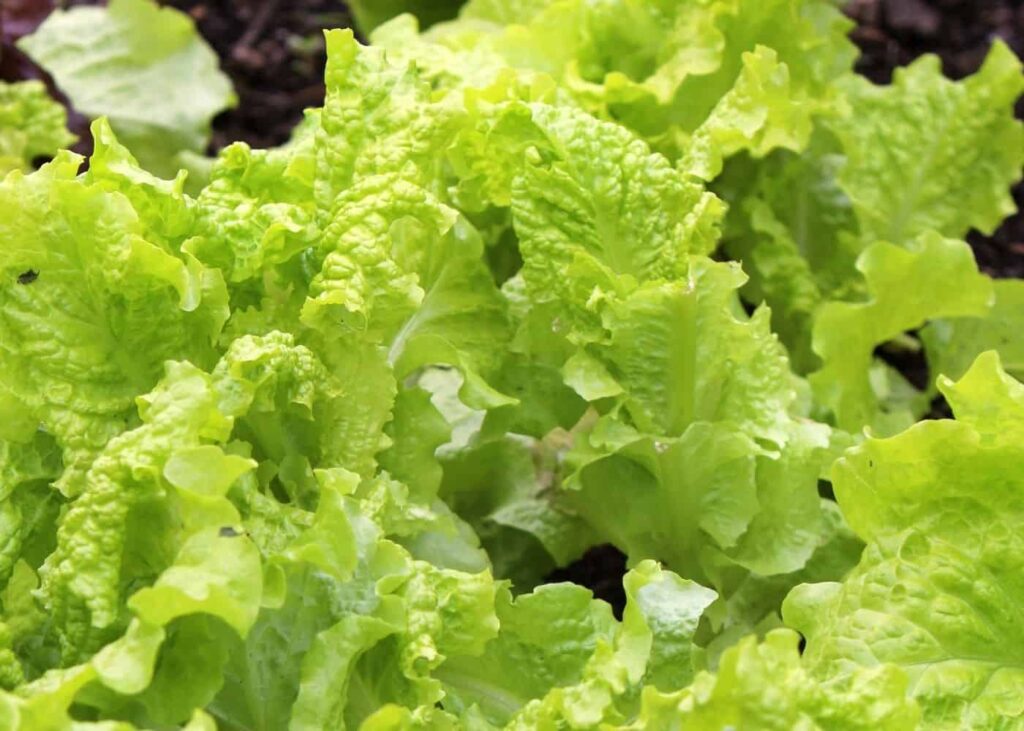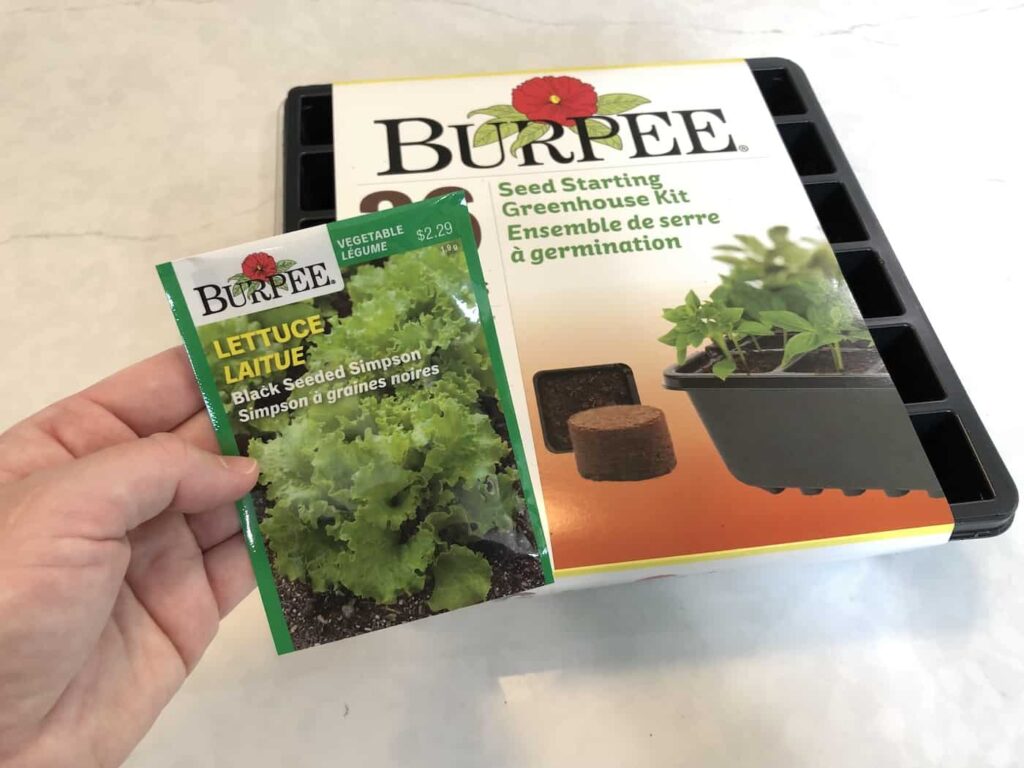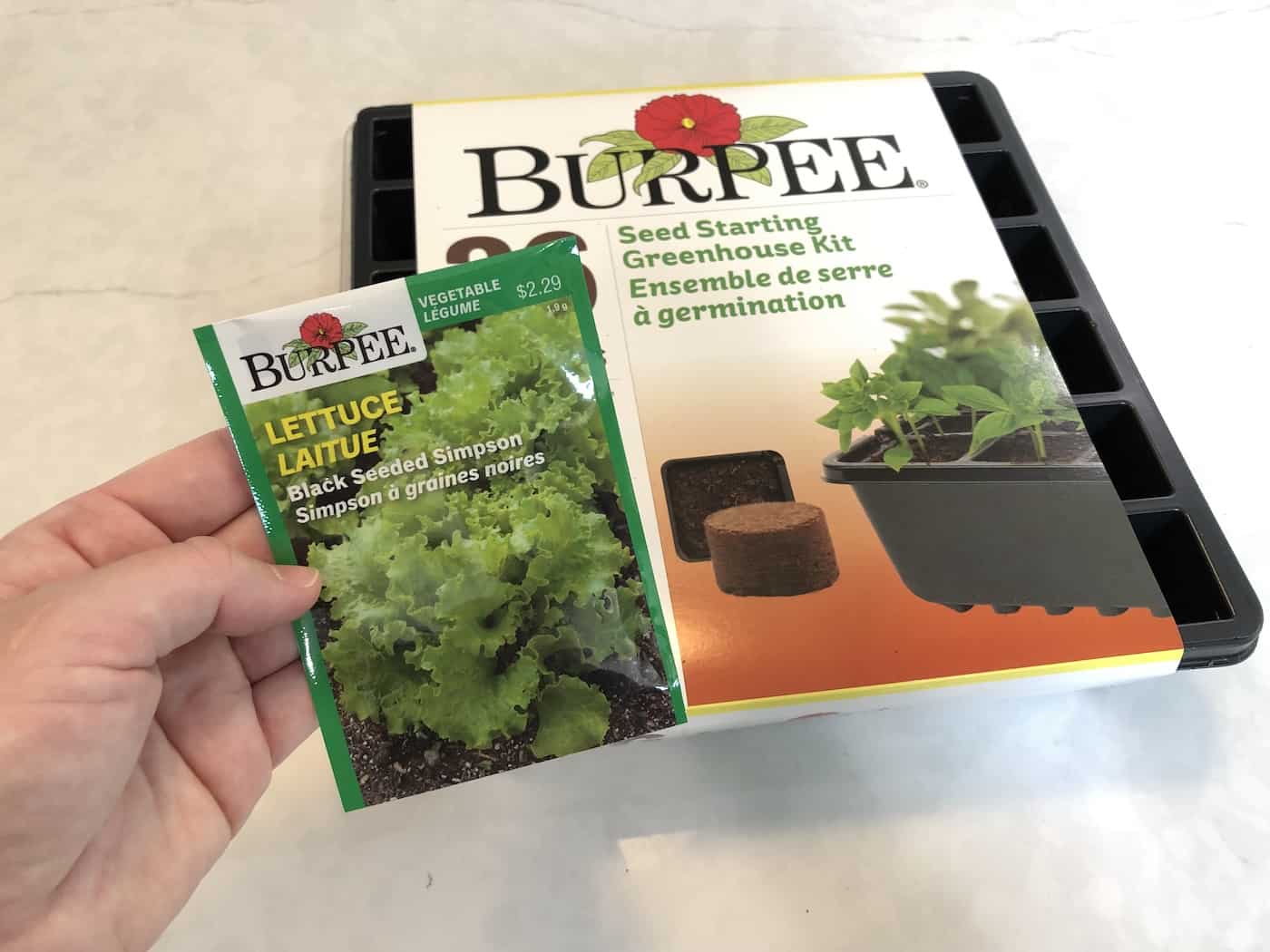So you’re a beginner when it comes to harvesting Black Seeded Simpson Lettuce, huh? Well, you’ve come to the right place! In this article, we’ll walk you through the step-by-step process of harvesting this flavorful variety of lettuce. From knowing the right time to pick your lettuce, to the proper techniques for harvesting without damaging the plant, we’ve got you covered. By the end of this beginner’s guide, you’ll feel confident in harvesting your own fresh and delicious Black Seeded Simpson Lettuce right from your own garden. Let’s get started!

Understanding Black Seeded Simpson Lettuce
What is Black Seeded Simpson Lettuce?
Black Seeded Simpson Lettuce is a popular variety of lettuce that is known for its tender, crisp leaves and mild flavor. It is an heirloom lettuce variety that has been grown for over a century. The lettuce gets its name from its dark green leaves and the black seeds that it produces.
Choosing the Right Varieties
When selecting Black Seeded Simpson Lettuce seeds, it is important to choose a variety that suits your taste preferences and growing conditions. Some varieties of Black Seeded Simpson Lettuce have slightly different characteristics, such as different leaf shapes and sizes. It is also a good idea to choose disease-resistant varieties if you are growing lettuce in an area with common lettuce diseases.
Ideal Growing Conditions
Black Seeded Simpson Lettuce is a cool-season vegetable that thrives in temperatures between 45 and 75 degrees Fahrenheit. It prefers full sun but can tolerate some shade. The soil should be well-drained and fertile, rich in organic matter. It is important to ensure that the soil pH is between 6.0 and 7.0, which is slightly acidic to neutral. Black Seeded Simpson Lettuce grows best in moderate climates and is not recommended for regions with extremely hot temperatures.
Planting and Growing Black Seeded Simpson Lettuce
Preparing the Soil
Before planting Black Seeded Simpson Lettuce, it is important to prepare the soil properly. Start by removing any weeds or grass from the planting area, as they can compete with the lettuce for nutrients and water. Loosen the soil using a garden fork or tiller, and mix in compost or well-rotted manure to improve the soil’s fertility and structure. Rake the soil to create a smooth, level surface for planting.
Sowing the Seeds
Black Seeded Simpson Lettuce can be directly sown into the garden or started indoors and transplanted later. If sowing directly, plant the seeds 1/4 inch deep and 12 to 18 inches apart. Maintain a consistent soil moisture level during germination, as lettuce seeds require moisture to sprout. If starting indoors, sow the seeds in seed trays or pots filled with seed starting mix. Transplant the seedlings outdoors when they have developed at least two true leaves.
Caring for the Plants
Black Seeded Simpson Lettuce requires consistent moisture to grow properly. Water the plants regularly, especially during dry periods, to keep the soil evenly moist. Avoid over-watering, as excessive moisture can lead to disease problems, such as root rot. Mulching the soil around the plants can help conserve moisture and suppress weed growth. It is also important to provide adequate air circulation by spacing the plants properly, as this can help prevent diseases.

Monitoring the Growth of Black Seeded Simpson Lettuce
Watering the Lettuce
As mentioned earlier, Black Seeded Simpson Lettuce requires consistent moisture to grow well. Water the lettuce plants deeply and regularly, ensuring that the soil remains evenly moist but not waterlogged. Avoid overhead watering, as this can increase the risk of leaf diseases. Instead, water at the base of the plants or use a drip irrigation system to deliver water directly to the roots.
Dealing with Pests and Diseases
Black Seeded Simpson Lettuce is generally a low-maintenance plant, but it can still be susceptible to certain pests and diseases. Common pests that may attack lettuce plants include aphids, slugs, and snails. Monitor the plants regularly and take appropriate action if you notice any pest infestations. As for diseases, lettuce is prone to fungal diseases such as lettuce downy mildew and lettuce leaf spot. To prevent these diseases, avoid overhead watering, provide good air circulation, and remove any infected leaves promptly.
Fertilizing the Plants
Black Seeded Simpson Lettuce benefits from regular fertilization to ensure optimal growth. Before planting, incorporate a balanced, slow-release fertilizer into the soil to provide a steady supply of nutrients. Additionally, you can apply a water-soluble fertilizer every few weeks during the growing season to replenish nutrients. Avoid over-fertilizing, as this can lead to excessive leaf growth without good flavor. Follow the instructions on the fertilizer packaging for the appropriate application rates.
Harvesting Black Seeded Simpson Lettuce
Determining the Right Time to Harvest
Black Seeded Simpson Lettuce is typically ready for harvest when the leaves are large and the head is full, but before it starts to bolt or develop bitter flavors. To determine if the lettuce is ready to harvest, examine the outer leaves. If they are crisp, tender, and the desired size, it is time to harvest. It is better to harvest lettuce on a cool morning to prevent wilting.
Gather the Necessary Tools
Before you start harvesting Black Seeded Simpson Lettuce, gather the necessary tools. All you’ll need is a sharp knife or pair of garden shears, a clean harvesting container, and a clean, damp cloth or paper towel to wrap the harvested lettuce leaves.
Steps for Harvesting
To harvest Black Seeded Simpson Lettuce, cut the entire head at the base using a sharp knife or garden shears. Alternatively, you can harvest only the outer leaves, allowing the inner leaves to continue growing. This is known as “cut-and-come-again” harvesting. After harvesting, gently wrap the lettuce leaves in a damp cloth or paper towel to keep them moist, and store them in the refrigerator until you are ready to use them.

Storing and Using Black Seeded Simpson Lettuce
Storing Freshly Harvested Lettuce
To store freshly harvested Black Seeded Simpson Lettuce, it is important to keep it cool and moist. Remove any damaged or wilted leaves and place the lettuce in a perforated plastic bag or airtight container. Store it in the refrigerator’s crisper drawer, where the temperature is slightly lower and the humidity is higher. Properly stored, the lettuce should stay fresh for about a week.
Making the Most of Your Harvest
Black Seeded Simpson Lettuce is a versatile leafy green that can be used in a variety of dishes. It is commonly used in salads, sandwiches, wraps, and as a garnish for other dishes. The tender and mild leaves pair well with a wide range of dressings and toppings. Experiment with different combinations to find your favorite way to enjoy this delicious lettuce variety.
Common Mistakes to Avoid
Overcrowding the Plants
Overcrowding Black Seeded Simpson Lettuce plants can lead to poor air circulation, increased risk of diseases, and stunted growth. It is important to space the plants according to the recommended guidelines to ensure that they have enough room to grow and develop properly.
Neglecting to Thin the Seedlings
When starting Black Seeded Simpson Lettuce from seeds, it is common for multiple seedlings to sprout from a single planting hole. Neglecting to thin out the seedlings can result in crowded plants and competition for resources. Thin out the weaker seedlings, leaving only the healthiest and strongest ones to grow.
Using Incorrect Harvesting Techniques
Using incorrect harvesting techniques can damage the lettuce plants and reduce their productivity. It is important to use sharp tools, such as a knife or garden shears, to make clean cuts at the base of the lettuce head. Avoid tearing or pulling the leaves, as this can injure the plants and increase the risk of diseases.

Tips for Success
Rotate Crops
To prevent the buildup of soil-borne diseases and pests, it is recommended to rotate the location of your Black Seeded Simpson Lettuce plants each year. Avoid planting lettuce in the same spot for consecutive growing seasons. Instead, wait at least two years before replanting lettuce in the same area.
Mulching the Soil
Applying a layer of organic mulch around Black Seeded Simpson Lettuce plants can help conserve moisture, suppress weed growth, and regulate soil temperature. Use straw, shredded leaves, or compost as mulch around the base of the plants, being careful not to cover the lettuce leaves.
Companion Planting
Planting certain companion plants alongside Black Seeded Simpson Lettuce can help attract beneficial insects and repel pests. Some suitable companion plants for lettuce include herbs like dill and cilantro, as well as flowers like marigolds and nasturtiums. Research companion planting combinations to maximize the health and productivity of your lettuce crop.
By following these guidelines and tips, you will have a successful experience growing and harvesting Black Seeded Simpson Lettuce. Enjoy the process of growing your own fresh and vibrant lettuce, and savor the delicious flavors in your salads and dishes. Happy harvesting!



